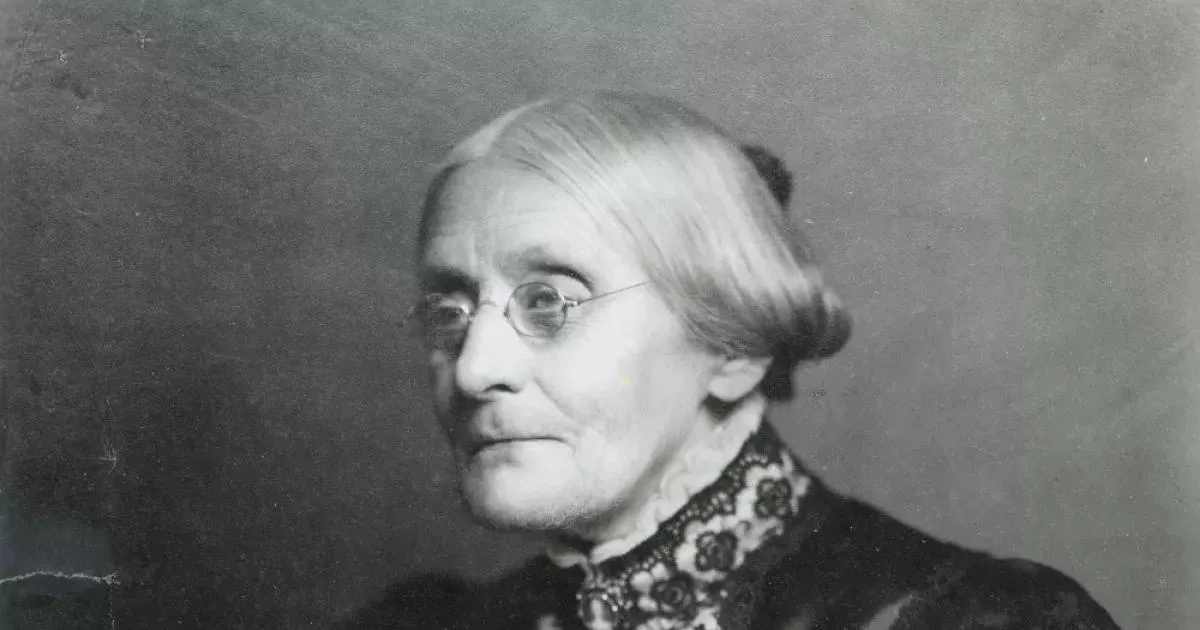Susan B. Anthony was a key figure in the women's suffrage movement and a prominent American social reformer. Raised in a Quaker family dedicated to social equality, she began her activism early, collecting anti-slavery petitions at 17. Her commitment to social justice led her to become the New York state agent for the American Anti-Slavery Society in 1856. Anthony's dedication to women's rights made her a pivotal leader in the fight for women's suffrage, significantly impacting the course of American history.
1900: Last NAWSA Convention Presidency
In 1900, Susan B. Anthony presided over her last NAWSA convention.
1900: History of Woman Suffrage, Volume 4 Completion
Volume 4 of the History of Woman Suffrage, covering events from 1883 to 1900, was completed in 1900 by Anthony, Stanton, and Gage. Anthony oversaw production and correspondence.
1901: Bronze Medallion Donation to Bryn Mawr College
Leila Usher created and donated a bronze medallion of Susan B. Anthony to Bryn Mawr College in 1901.
1902: Death of Elizabeth Cady Stanton
Elizabeth Cady Stanton, Anthony's close friend and collaborator, passed away in 1902, leaving Anthony feeling lost without her guidance and deeply saddened by the loss.
1902: History of Woman Suffrage, Volume 4 Publication
In 1902, Susan B. Anthony published Volume 4 of the History of Woman Suffrage, covering the period from 1883 to 1900, after Stanton's death, with the assistance of Ida Husted Harper.
1902: Preparatory Meeting for International Women's Suffrage Alliance
In 1902, a preparatory meeting for an international women's suffrage association, chaired by Anthony, was held in Washington with delegates from multiple countries.
1904: International Council of Women and Recognition
In 1904, the fourth congress of the International Council of Women (ICW) was held in Berlin, where Augusta Victoria, the German Empress, received ICW leaders. Anthony played a key role in this event and other high-level ICW interactions.
1904: International Woman Suffrage Alliance Founded
The International Woman Suffrage Alliance was founded in Berlin in 1904. The meeting was chaired by Anthony, who was named honorary president. This event brought her immense satisfaction.
March 13, 1906: Death of Susan B. Anthony
Susan B. Anthony passed away on March 13, 1906.
1907: First Memorial by African Americans
In 1907, the first memorial to Susan B. Anthony, a stained-glass window, was installed at the African Methodist Episcopal Zion church in Rochester by African Americans.
1920: 19th Amendment Ratification & League of Women Voters Formation
Following the ratification of the Nineteenth Amendment (also known as the Susan B. Anthony Amendment) in 1920, the National American Woman Suffrage Association transformed into the League of Women Voters.
1920: Nineteenth Amendment Ratification
In 1920, the Susan B. Anthony Amendment was ratified as the Nineteenth Amendment to the U.S. Constitution, granting women the right to vote.
1920: History of Woman Suffrage Final Volumes
The final two volumes of the History of Woman Suffrage, covering events up to 1920, were completed in 1922 by Ida Husted Harper after Anthony's death.
1921: Portrait Monument Unveiling
The Portrait Monument, a sculpture by Adelaide Johnson featuring Susan B. Anthony, Elizabeth Cady Stanton, and Lucretia Mott, was unveiled at the United States Capitol in 1921.
1922: Bas-relief Donation to National Woman's Party
Sculptor Leila Usher donated a bas-relief of Susan B. Anthony to the National Woman's Party in 1922.
1922: History of Woman Suffrage, Final Volumes Publication
The last two volumes of the History of Woman Suffrage, bringing the history up to 1920, were published in 1922 by Ida Husted Harper, after Anthony's death.
February 13, 1928: Commemoration of Susan B. Anthony's Life
On February 13, 1928, Representative Charles Hillyer Brand gave a statement about Susan B. Anthony's life and activism, including her decision in 1861 to prioritize the war effort over the women's rights convention.
1936: First Postage Stamp Issuance
The first postage stamp honoring Susan B. Anthony was issued in 1936.
1950: Hall of Fame Induction
Susan B. Anthony was inducted into the Hall of Fame for Great Americans in 1950.
1952: Bust Placement in Hall of Fame
A bust of Susan B. Anthony, sculpted by Brenda Putnam, was placed in the Hall of Fame for Great Americans in 1952.
April 1958: Second Postage Stamp Issuance
A second postage stamp honoring Susan B. Anthony was issued in April 1958.
1969: Stanton-Anthony Brigade Formation
The New York Radical Feminists' Stanton-Anthony Brigade was formed in 1969.
1970: Susan B. Anthony Award Established
The Susan B. Anthony Award, given to grassroots activists, was created in 1970.
1971: Susan B. Anthony Coven #1 Founded
The Susan B. Anthony Coven #1, the first feminist witches' coven, was established in 1971.
1973: National Women's Hall of Fame Induction
In 1973, Susan B. Anthony was inducted into the National Women's Hall of Fame.
1979: Anthony on U.S. Coinage
In 1979, Susan B. Anthony became the first woman to be featured on U.S. coinage, appearing on the dollar coin.
1979: The Dinner Party Place Setting
Judy Chicago's art installation "The Dinner Party," first shown in 1979, included a place setting for Susan B. Anthony.
1979: Susan B. Anthony Dollar Coin
The Susan B. Anthony dollar coin, the first to honor a female citizen, was issued starting in 1979.
1982: Stanton-Anthony Papers Project Begins
The project to collect Stanton and Anthony's writings started in 1982.
1989: Dispute Over Anthony's Views on Abortion
Starting in 1989, a dispute arose regarding Susan B. Anthony's stance on abortion, with some anti-abortion groups claiming her as a supporter and others contesting these claims.
1997: Portrait Monument Moved to Rotunda
The Portrait Monument of Susan B. Anthony, Elizabeth Cady Stanton, and Lucretia Mott was moved to the rotunda of the US Capitol in 1997.
1999: "When Anthony Met Stanton" Sculpture Unveiling
In 1999, a sculpture by Ted Aub commemorating the meeting of Anthony and Stanton was unveiled in Seneca Falls.
1999: Not for Ourselves Alone Documentary Release
The documentary "Not for Ourselves Alone: The Story of Elizabeth Cady Stanton & Susan B. Anthony" was released in 1999.
2001: Cathedral of St. John the Divine Sculpture
The Cathedral of St. John the Divine added a sculpture honoring Susan B. Anthony in 2001.
2007: Frederick Douglass–Susan B. Anthony Memorial Bridge Opening
The Frederick Douglass–Susan B. Anthony Memorial Bridge opened in Rochester in 2007.
2009: 1872 Monument Dedication
The 1872 Monument, marking where Anthony voted illegally, was dedicated in 2009.
April 20, 2016: Announcement of Anthony's Image on $10 Bill
On April 20, 2016, it was announced that Susan B. Anthony's image would be on the back of the redesigned $10 bill.
2016: Tribute to Susan B. Anthony
On the day after Hillary Clinton became the first woman to receive a major party's nomination for president (2016), Rochester Mayor Lovely Warren placed a sign by Susan B. Anthony's grave commemorating the event. The sign acknowledged Anthony's arrest for illegally voting 144 years prior and thanked her for paving the way for women's suffrage.
February 15, 2020: Google Doodle
Google honored Susan B. Anthony's 200th birthday with a Google Doodle on February 15, 2020.
August 18, 2020: Presidential Pardon of Susan B. Anthony
On August 18, 2020, President Donald Trump pardoned Susan B. Anthony for her 1872 voting conviction. The National Susan B. Anthony Museum and House declined the pardon, arguing that accepting it would validate the unjust trial.
2020: Unveiling of New Bill Designs
The designs for new currency, including the $10 bill featuring Susan B. Anthony, were to be revealed in 2020.
Mentioned in this timeline

Donald John Trump is an American politician media personality and...
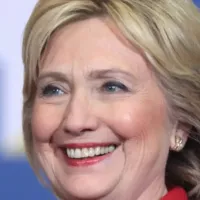
Hillary Diane Rodham Clinton is an American politician lawyer and...

Google LLC is a multinational technology company specializing in online...

Chicago is the most populous city in Illinois and the...
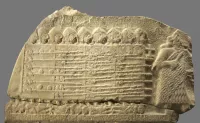
War is defined as an armed conflict involving the organized...
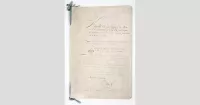
A constitution serves as the foundational legal document for any...
Trending
15 days ago Mike Evans, McMillan, and Kancey Aim for Return Before Season's End

1 month ago Upstart's Q3 Earnings: Mixed Results, Soft Q4 Guidance, and Stock Slides After Announcement.

8 days ago Trump's performance at December 2025 Cabinet meeting raises concerns about his health and focus.
7 months ago Severe Thunderstorms Expected in Alabama: High Winds and Heavy Rainfall Possible
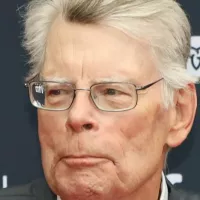
2 months ago HBO's 'Welcome to Derry': Stephen King Prequel, Pennywise Haunts, Questions Arise About Ruining Masterpiece
2 months ago Sleep Token Accused of IG Shutdown Over Tattoo Copyright: Artist Claims Label Involved
Popular

Candace Owens is an American conservative political commentator and author...
Matt and Ross Duffer known as the Duffer Brothers are...

Ilhan Omar is an American politician currently serving as the...

XXXTentacion born Jahseh Dwayne Ricardo Onfroy was a controversial yet...

Tom Cotton is an American politician and Army veteran currently...
The Kennedy Center Honors are annual awards recognizing individuals and...
